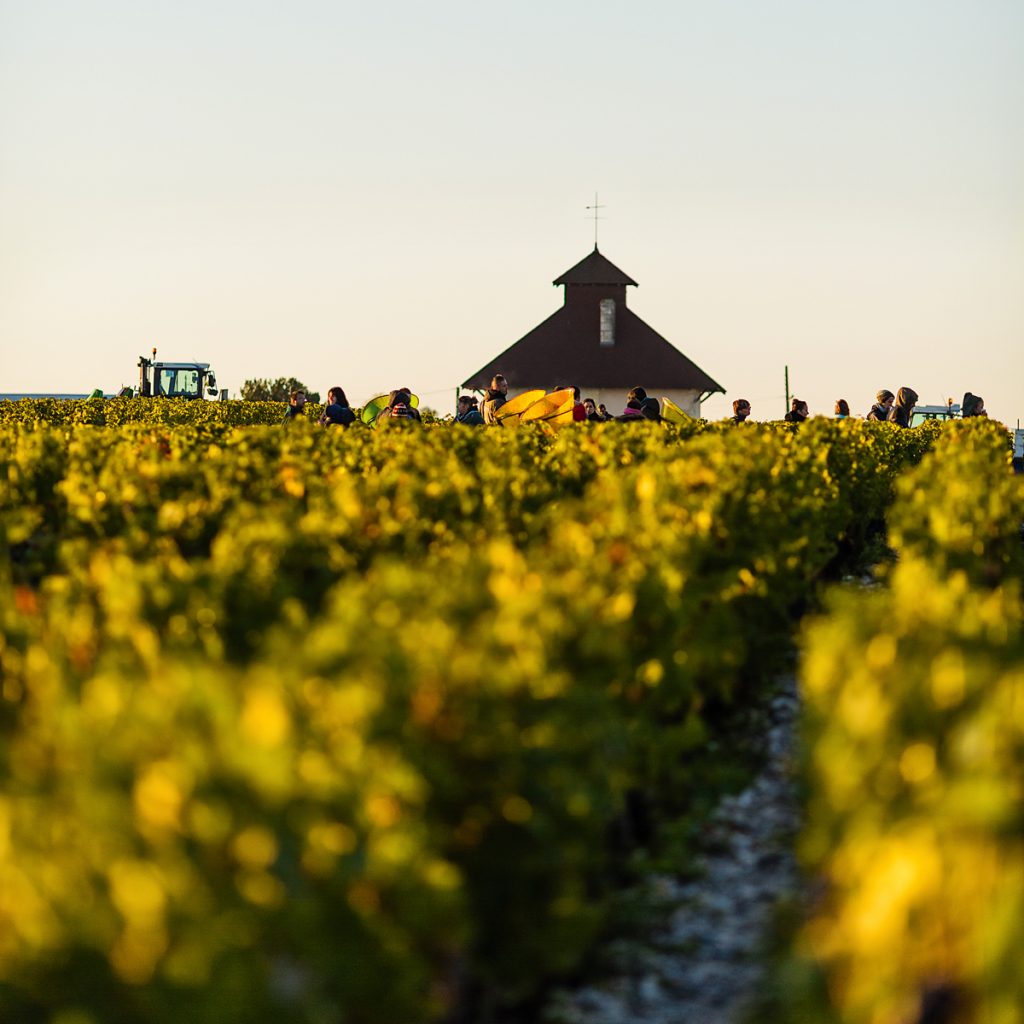Bordeaux 2020: Pauillac
Author: Mark Pardoe MW

In this series, Mark Pardoe MW provides insight into how Bordeaux’s key communes fared in 2020. Here, our Wine Director looks at Pauillac, based on a conversation with Jean-Charles Cazes of Ch. Lynch-Bages, Ch. Haut-Batailley and Ch. Ormes de Pez in St Estèphe.
At a glance: Pauillac in 2020
- Hectares under vine: 1,213
- Average yield: 37hla/ha in 2020 (47hl/ha in ’19); down 21%
- Significant châteaux: Lafite Rothschild, Latour, Mouton Rothschild; Pichon Baron, Pichon-Longueville Comtesse de Lalande; Duhart-Milon; d’Armailhac, Batailley, Clerc Milon, Grand-Puy-Lacoste, Haut-Bages Libéral, Haut-Batailley, Lynch-Bages, Pédesclaux, Pontet-Canet
Pauillac 2020: Ch. Lynch-Bages
Jean-Charles Cazes considers ’20 a strong vintage which completes a rare trio of successive high-quality years, last seen with the run of 1988-’90. However, he observes that the vintage is irregular: not all of Bordeaux was equally successful. He also notes that the hot summer has produced some Merlots with very high alcohol, especially on the Right Bank.
In Pauillac, the wines show the warmth of the vintage in the ripeness of the tannins and sugars. Yet, paradoxically, there is no sense of over-ripeness at Lynch-Bages and elsewhere; the alcohol is a modest (by modern standards) 13.5%. In addition to the dry summer, the likely reason is the warm and windy September, which gently dehydrated the grapes further, but without excessive pressure.
New winery
This is the first vintage for the new winery at Lynch-Bages. It has been designed to move all the juice and wine by gravity, upon which Jean-Charles remarked with a certain wryness. It reinstates a facility which had been used at the property from the middle of the 1800s until 1975 – very much a case of back-to-the-future. But the other refinements sought, based on years of observation and analysis, provide an excellent case study of how a strategy of small gains is still enhancing the quality and potential at the best châteaux, year on year.
Following soil and vine performance analysis, the vineyard’s 90 plots were further subdivided. This created 200 plots, with smaller zones demarcated within them, both in the suitability of the vine to that soil type, and in the style of wine produced. Many of these plots are too small to be vinified independently, but in the new cellar, the number of vinification tanks has been doubled, to 80. The result of this more detailed management and processing of the fruit creates more precise, homogenous lots.
Pumping over
How, and to what level, to extract colour and tannin is another resonant topic in these times of warm vintages, ripe fruit and high tannin levels. At Lynch-Bages, they still believe in a strong extraction, especially during the first week of fermentation, as this helps to create the signature plump and juicy style of their wine.
Pumping over (rémontage) is the principal technique; previously, this had to be a supervised process. In the new winery, all the new tanks have been fitted with a programmable pump system that can account for 45 different parameters including grape variety and the origin of the parcel, among others. The pumps can be set to activate the rémontage for the optimum moment at any time of day or night, to extract the full potential of each tank.
Attention to detail
It is worth drawing attention to these developments at Lynch-Bages. They also benefit the Cazes family’s other châteaux, Haut-Batailley and Ormes de Pez. These developments indicate the ever-greater attention to detail that is found at the top addresses.
Jean-Charles likens it to viewing an image with more pixels. The opportunity that the current sequence of warmer vintages has brought, with the vigneron able to choose the harvest date, is that a much more complex palette of constituent elements can be created. Today, different parts of the vineyard are managed for fruitiness and acidity; others for complexity; others still for density and structure; and all according to each grape variety, the age of the vines and the distinct personality of each plot. The change of climate is allowing Bordeaux to enter the age of precision.
Pauillac 2020: the art of the blend
The challenging but pleasurable corollary of this level of detail is in the blending decisions, which happen before the wine is sent down to barrel. This year, blending took twice as long as usual at Lynch-Bages, with more nuance, complexity and variety available among the components to test and apply.
Jean-Charles’s judgement of his 2020s is that they are beautifully sun-ripened, with freshness and, under the circumstances, good acidity. This is underpinned by very ripe but powerful tannins, matching the levels found in ’18 and ’19. With the benefits of the new winery, he feels that the wines are better honed than before.
He does, however, ruefully accept that the small crop was a benefit for the first year at the new facility. A large crop would have been like opening a new restaurant and being fully booked on the first night, with the staff not yet familiar with all the facilities. He welcomed the opportunity to test-drive their new investment at a more controlled pace. But he would prefer a bigger crop in ’21.
For more Bordeaux 2020 En Primeur coverage, you can visit bbr.com or browse our range of Bordeaux 2020 virtual events.


